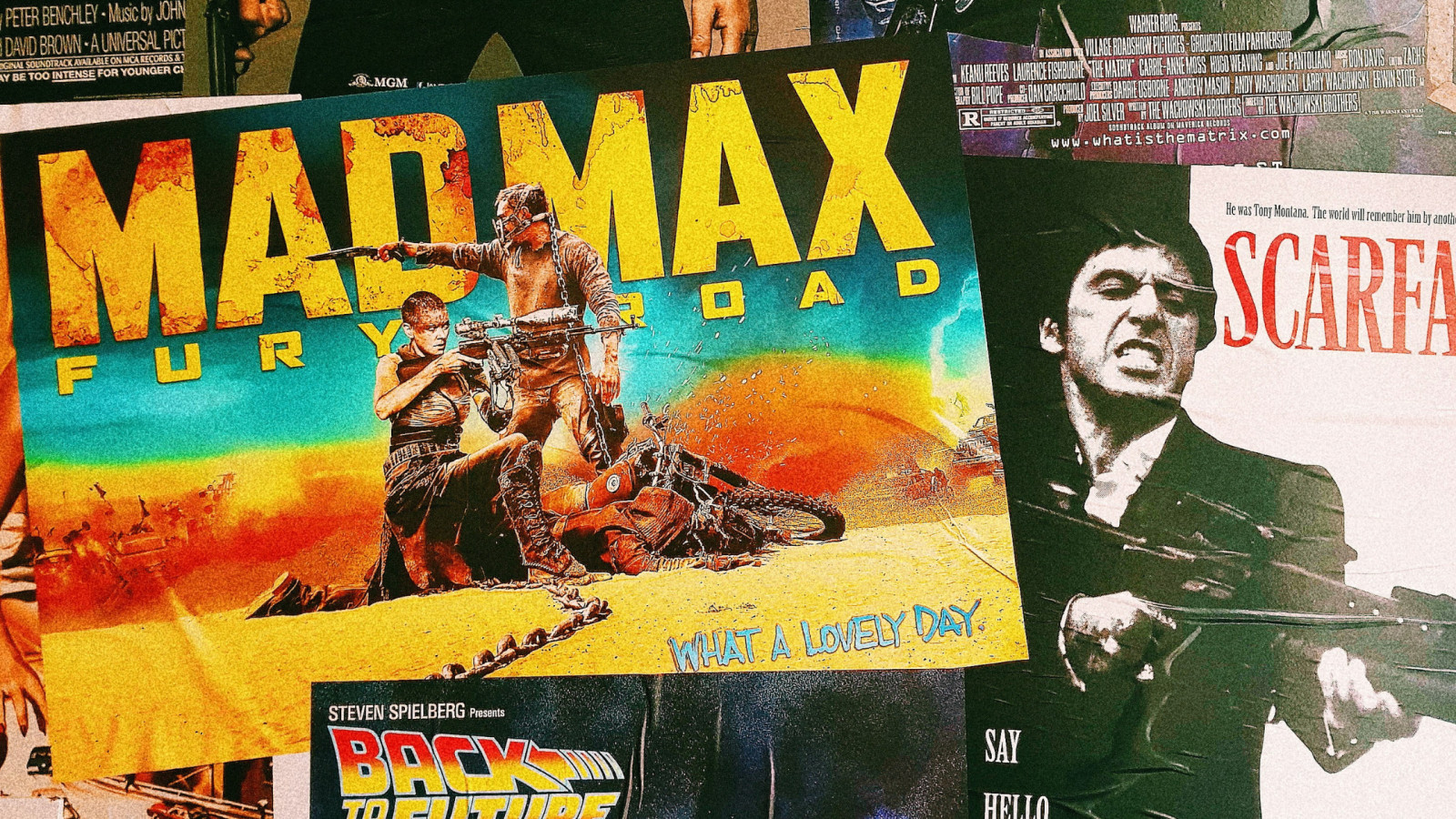Welcome to entertainment’s ‘Mad Max’ era. Here’s where it leads

Photo: Samuel Regan-Asante

Recall the opening scene of Mad Max: Fury Road: a brutal desert, where survival hinges on speed, strategy, and access to precious resources. Water and gasoline are everything in this dystopia, and there is never enough to go around. So multiple factions tear ruthlessly through each other in a never-ending chase, each hoping to salvage just enough resource to keep them going for another day. Nobody has time to build anything, or think beyond tomorrow. All energy is simply spent chasing.
Unfortunately, this feels a bit like today’s entertainment landscape, which has officially entered its zero-sum era. Everywhere is a scrap for limited resources – subscribers, attention, time, spend, margin – where a win for one player can only come at the expense of another. Everyone is so busy trying to win these battles that longer-term thinking often takes a backseat by necessity. It sounds bleak, but there is a silver lining: it may force the emergence of a new industry entirely.
This era of entertainment is uniquely brutal
First, it is important to be honest about the realities. While the entertainment world has always been cutthroat, today’s circumstances are uniquely competitive. There is a zero-sum game playing out in virtually every corner of the industry:
- Consumers have little unallocated free time left in the day, and a growing volume of content across all entertainment formats must compete, often on the same platforms, for scraps of that limited time
- Social media has become a form of entertainment – and a powerful one at that, setting in place new rules for the entertainment industry
- The pool of music subscription revenue cannot grow nearly as fast as the number of artists and songs on platforms, meaning the pie is divided into ever-smaller pieces – enter earnings thresholds, where lower earners’ streams are reallocated into the pockets of higher earners
- As music streaming subscription growth slows in mature markets, platforms must shift from growing their user bases independently to poaching from each other
- Labels need to grow streaming revenue faster, but Spotify is running out of margin to hand over – leading streaming services to diversify beyond music (and bringing us back to zero-sum game number one)
- All entertainment businesses need to grow fan monetisation, but there is a limit to the proportion of consumers who will ever be superfans, and how much time and money they are able to spend – not to mention fierce competition for fandom both across and within games, sports, music, TV / film, and more
- Relatedly, record labels need to grow their share of expanded rights, but this is the last thing most artists want to give up
- Publishers want to grow their share of revenue, but it must come out of recorded music’s
- Songwriters want points on master recordings, but in many cases it would come out of the artist’s share
Everyone needs more from everyone else, but there is not enough “more” to go around. Generative AI and the related rise of consumer creation will only accelerate the impacts of these challenges.
Featured Report
Streaming strongholds High-potential markets for global music players
While the balance of music streamers continues to tip towards global south markets, their smaller ARPU rates limit their revenues. Meanwhile, periodic price-rises and the advent of supremium will reinforce the contributions from the West. This report highlights streaming strongholds, those markets which, underscored by high music engagement and his...
Find out more…What this means for entertainment industries
This era will cause destruction, but may also force change. Here is what to expect in the near-term:
- More consolidation: Predominantly through catalogue M&A deals, as one way to compete in the attention economy is to simply own more content
- No room for products which are not solution-oriented: To succeed, products must solve a real problem for both users / consumers and the industry; anything below this standard cannot hold water
- Format will become divorced from story: In a bid for attention, the same story will increasingly exist across multiple formats: e.g. The Last of Us existing as a podcast, television show, and game
- Scenes and cult stars will be the new goldmines: Scenes and subcultures with small but loyal followings will catch the attention of entertainment brands – but brands must tread carefully
There is one much larger, longer-term implication. Just like in Fury Road, the chaos masks a deeper truth: the system was not designed to handle this many players chasing the same limited resource. Streaming economics were built in a world where there were hundreds of new tracks hitting streaming services each day, not hundreds of thousands. Laws governing music licensing – like the much-debated Digital Millennium Copyright Act – were enacted before social media really existed. Music’s fractional ownership system was not set up for the social era – and much less for the generative AI one. The music industry’s system of misaligned incentives is not sustainable, and never was.
If we do nothing, the Fury Road chase will continue, running some companies (and many creators) into the ground. But new generations of creators are doing something new – building their careers off-streaming, as seen in MIDiA’s bifurcation theory, and opting out of the content race in favour of building small, engaged niches on their terms. This is an invitation to stop thinking within the structures of today’s industry, and start thinking outside of it. In Mad Max, there are no longer any new resources to uncover – just a chaotic battle for what is left. But this is not the case in today’s entertainment world, or at least, it does not have to be.

The discussion around this post has not yet got started, be the first to add an opinion.